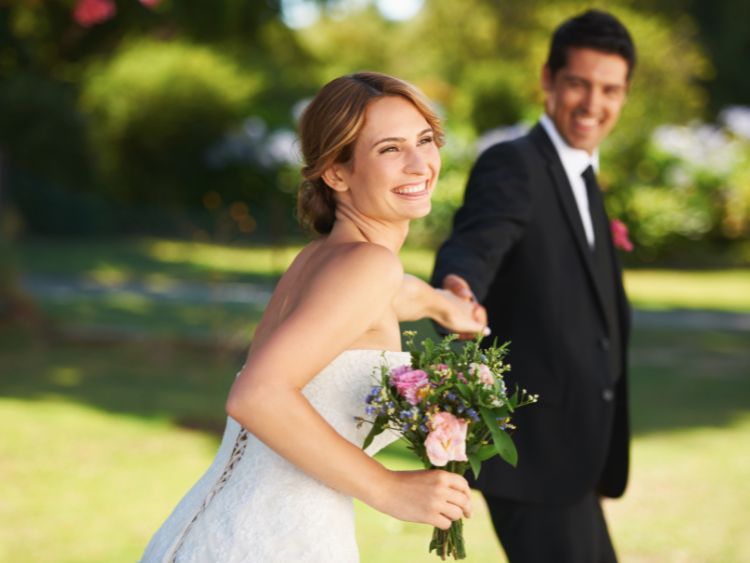When it comes to men’s formalwear, two heavyweights often come to mind: tuxedos and suits. While they may seem similar at first glance, they’re actually worlds apart in style, purpose, and the statement they make. Whether you’re heading to a black-tie event, a wedding, or even a corporate function, knowing when to wear a tuxedo versus a suit can make all the difference in pulling off the perfect look. In this guide, we’ll walk you through everything you need to know about tuxedos and suits—from their defining characteristics to styling tips and frequently asked questions.
What’s the Difference Between Tuxedos and Suits?
When it comes to tuxedos and suits, the distinctions can seem subtle yet are essential to understand if you want to look sharp and stylish for the right occasion.
- Fabric and Trim: Tuxedos traditionally feature satin on the lapels, buttons, and sometimes on the pant stripe. Suits, however, stick to the same fabric throughout, without the shiny satin accents.
- Accessories: Tuxedos are typically paired with a bow tie, cummerbund or waistcoat, and patent leather shoes. Suits, on the other hand, allow more flexibility with neckties, loafers, and dress shoes, making them more versatile for various events.
- Formality: Tuxedos are generally reserved for formal events like weddings or black-tie galas, while suits can range from business to semi-formal occasions.
Why Does it Matter?
The formality of your attire sends a strong message about your understanding of style and social etiquette. Wearing a tuxedo to a casual gathering or a suit to a black-tie event might send the wrong message. So, whether you’re dressing up for a corporate affair or a family wedding, understanding the basics of tuxedos and suits will help you dress with confidence.
Tuxedos: Classic Elegance for Black-Tie Affairs
When you think of timeless, sophisticated men’s fashion, a tuxedo is often the first image that comes to mind. Tuxedos are built for elegance and meant to make a statement, and they’re perfect for high-end events.
Key Elements of a Tuxedo
- Satin Accents: Look for satin on the lapels, buttons, and sometimes along the side of the trousers.
- Bow Tie: A black bow tie is the classic choice for a tuxedo. It’s nearly synonymous with black-tie style.
- Dress Shirt: A pleated or bibbed dress shirt, often with a stud front, complements the tuxedo perfectly.
- Shoes: Patent leather shoes are the gold standard for tuxedos, giving that extra polish to your look.
When to Wear a Tuxedo
- Weddings: Formal weddings, particularly evening events, are ideal for tuxedos.
- Black-Tie Events: If the invitation states “black tie,” a tuxedo is not just recommended—it’s expected.
- Formal Galas or Award Ceremonies: Any event with “formal attire” on the invite is a tuxedo-appropriate occasion.
Styling Tips for Tuxedos
- Stick to Black and White: Tuxedos are traditionally black with a white shirt, keeping things classic.
- Choose the Right Lapel: Peak and shawl lapels are the go-to choices for tuxedos, as they maintain a sleek, refined look.
- Consider a Waistcoat or Cummerbund: Adding one of these can elevate your outfit’s formal edge.
Suits: Versatility for Everyday Elegance
Suits are the workhorses of a man’s wardrobe. Unlike tuxedos, they don’t come with rigid rules, making them suitable for a variety of occasions and personal styles.
Key Elements of a Suit
- Fabric Consistency: Suits usually have the same fabric throughout, creating a more understated look.
- Tie Options: Neckties or bow ties are both appropriate, allowing more freedom in style.
- Shirt Choice: You can wear a suit with any dress shirt, from plain white to patterned.
- Shoes: Leather loafers, oxfords, or even dress boots work well with suits.
When to Wear a Suit
- Business Meetings: A suit is often the standard attire for corporate environments.
- Weddings: For weddings without a “black-tie” dress code, a suit is a safe bet.
- Social Gatherings: Suits are perfect for upscale dinners, theater outings, or even date nights.
Styling Tips for Suits
- Pick a Versatile Color: Navy, grey, and charcoal suits are staples that work for almost any occasion.
- Experiment with Patterns: A pinstripe or windowpane suit can add personality to your outfit.
- Opt for Slim Fit: A well-tailored suit should fit close to the body without being too tight.
Tuxedos vs. Suits: A Side-by-Side Comparison
| Feature | Tuxedo | Suit |
|---|---|---|
| Occasions | Formal, black-tie events | Semi-formal, business, social events |
| Lapels | Satin, often peak or shawl | Usually the same material as suit |
| Tie | Typically a bow tie | Necktie or bow tie |
| Accessories | Cummerbund, waistcoat optional | Belt, tie, optional pocket square |
| Footwear | Patent leather | Leather loafers, oxfords |
| Shirt | Formal dress shirt, pleated or bibbed front | Dress shirt, flexible in color |
How to Choose Between a Tuxedo and a Suit
Choosing between a tuxedo and a suit boils down to three main considerations: the event’s formality, your personal style, and the kind of statement you want to make. Here’s a quick checklist:
- Is the Event Black Tie? If so, a tuxedo is required.
- Is it a Corporate Event or Interview? Opt for a suit.
- Do You Want to Stand Out? Tuxedos have a more striking, formal appeal.
FAQs About Tuxedos and Suits
1. Can you wear a tuxedo without a tie?
While it’s technically possible, it’s not advised for formal events. A tuxedo without a tie diminishes the formal look and may seem incomplete.
2. What’s the difference between a tuxedo shirt and a regular dress shirt?
A tuxedo shirt typically has a pleated front, a stiffer collar, and often features slots for studs. Regular dress shirts don’t have these characteristics, making them more versatile for various outfits.
3. Can I wear a suit to a black-tie event?
Generally, black-tie events call for tuxedos. Wearing a suit might come across as too casual. If you’re in a bind, a very dark suit with a bow tie could be an acceptable alternative, but it’s still not ideal.
4. What color suit is the most versatile?
Navy is often considered the most versatile suit color. It’s appropriate for nearly any occasion and pairs well with a variety of tie and shirt colors.
5. Do I need a cummerbund with a tuxedo?
While cummerbunds aren’t essential, they’re a traditional choice that enhances the tuxedo’s formality. If you prefer a sleek look, a waistcoat is a modern alternative.
Final Summary
Understanding the difference between tuxedos and suits is essential for any man aiming to dress well and confidently. Tuxedos, with their satin accents and formal flair, are best suited for black-tie events and special occasions. Suits, on the other hand, are the versatile choice for business, social gatherings, and semi-formal events. By knowing the key features of each, you can make the right choice and ensure you’re always dressed to impress.



